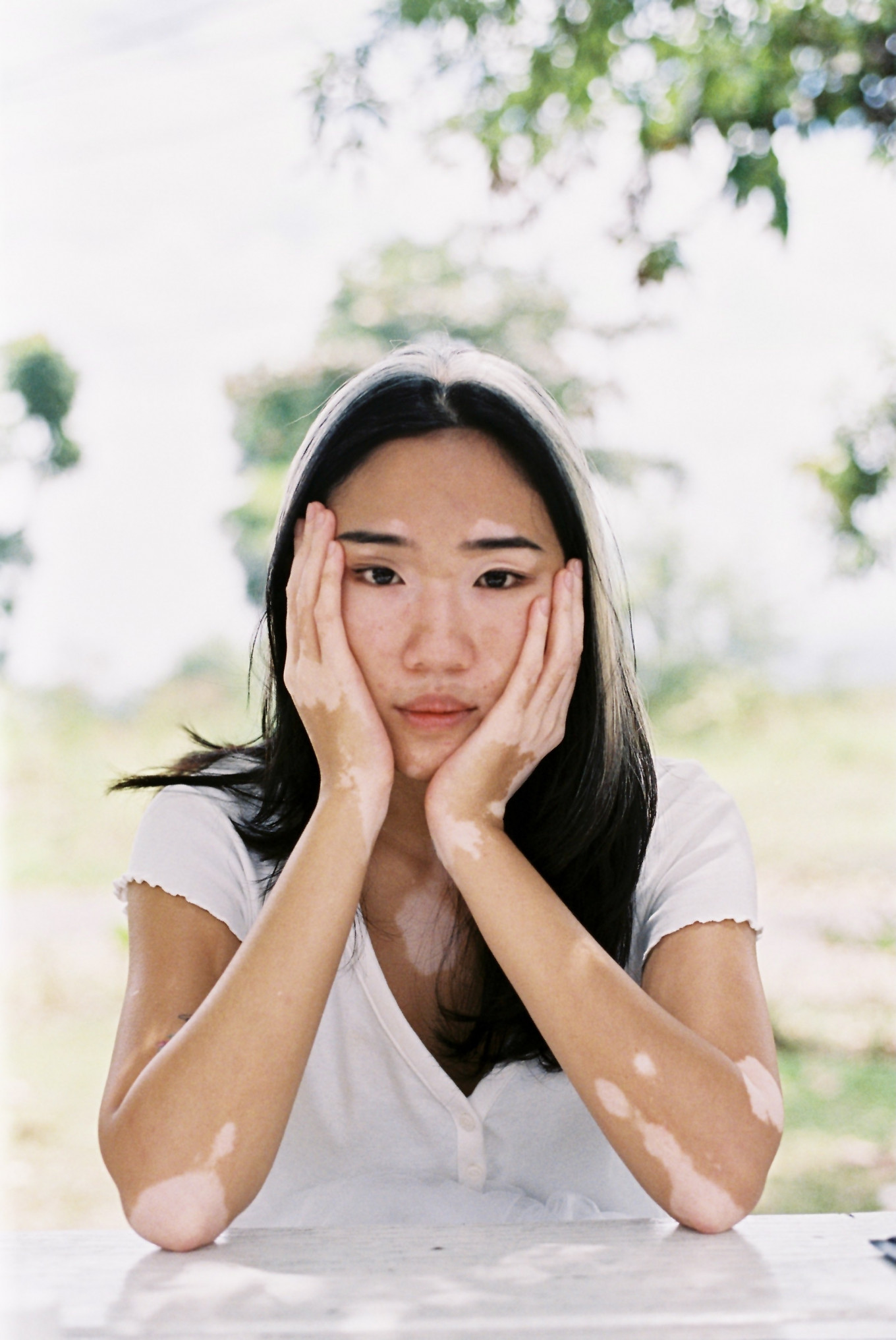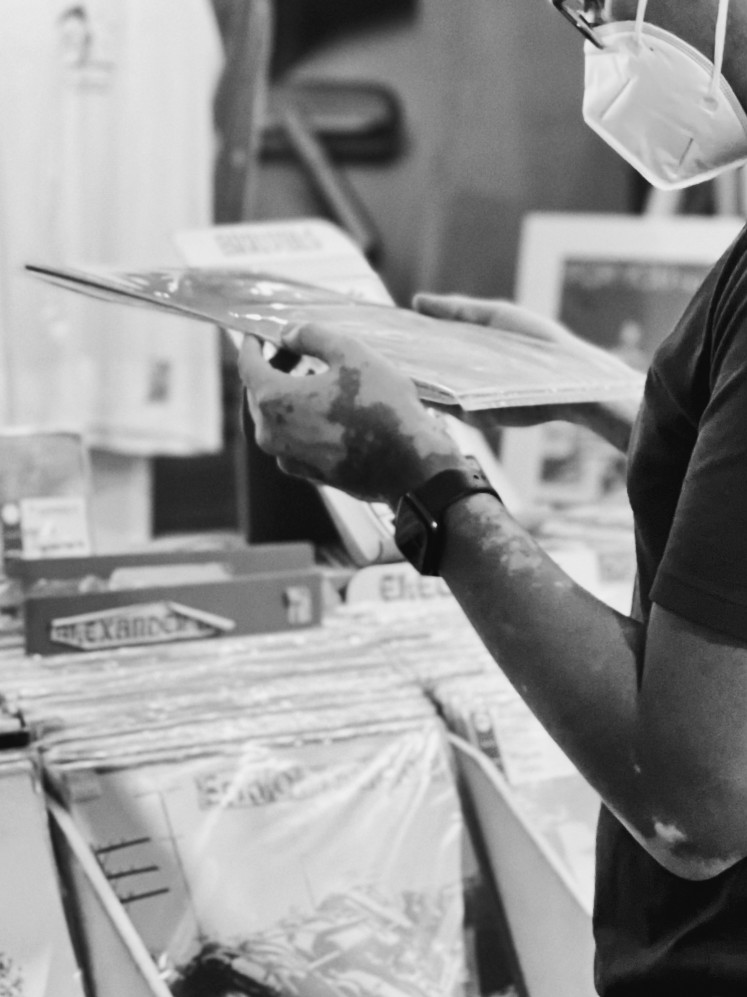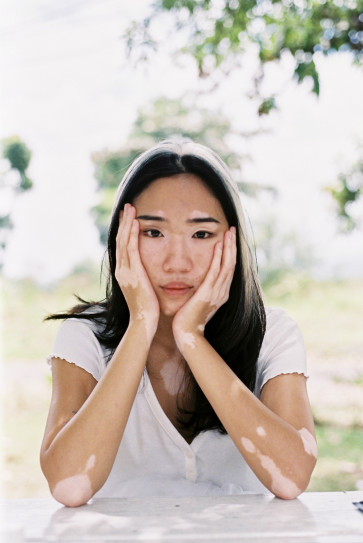Popular Reads
Top Results
Can't find what you're looking for?
View all search resultsPopular Reads
Top Results
Can't find what you're looking for?
View all search resultsIndonesians with vitiligo seek visibility
Change text size
Gift Premium Articles
to Anyone
Indonesians who live with the skin condition known as vitiligo share their struggles and hopes.
Active and joyful, four-year-old Noni from Bandung, who has taken a pseudonym for this article, is living her best life. But on the back of her head, several white strands stand in stark contrast to her jet black hair, prompting some to call her “zebra”. Noni takes it in stride. In fact, she thinks the stripes give her a cool look.
Her mother, Sylvia Wiharja, 32, on the other hand, finds it hard not to worry.
Noni has a rare skin condition called vitiligo. Reiva Farah, a pediatric dermatologist, and Panji Respati, a resident doctor, both at Hasan Sadikin Hospital (RSHS) in Bandung, explained that vitiligo was a condition in which the skin loses pigment because it has lost the pigment-producing melanosite cell.
Many things can cause vitiligo, including autoimmune conditions, genetics, exposure to whitening substances or the Koebner effect, in which a wound on the skin fails to repigment.
Noni is not alone. Globally, as much as 2 percent of the population has this skin condition. Indonesia has an identified 0.5 to 1 percent of the population with the condition.
Contrast: People with vitiligo who have darker skin tend to have more visible white patches. (Courtesy of Gregorius Giovani) (Courtesy of Gregorius Giovani/Courtesy of Gregorius Giovani)



















